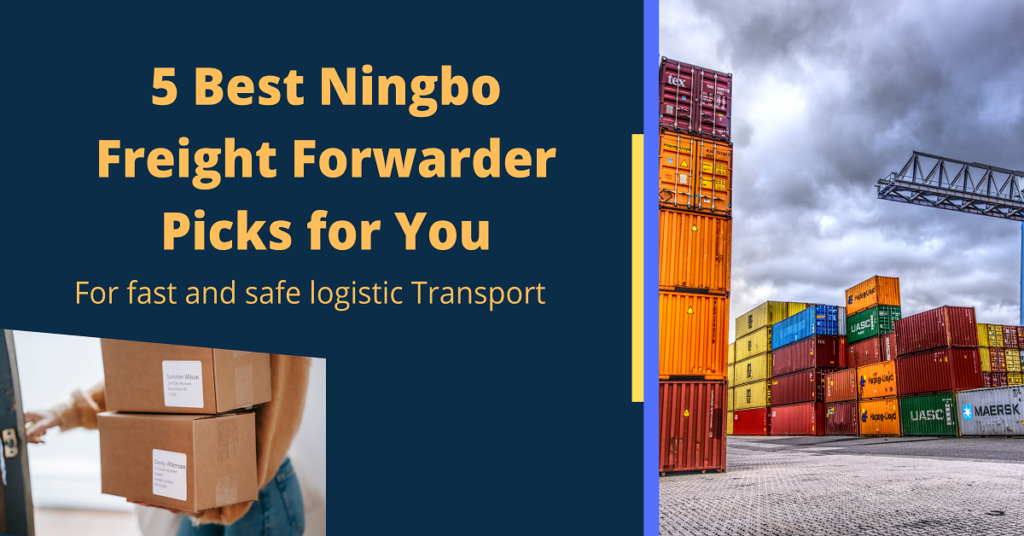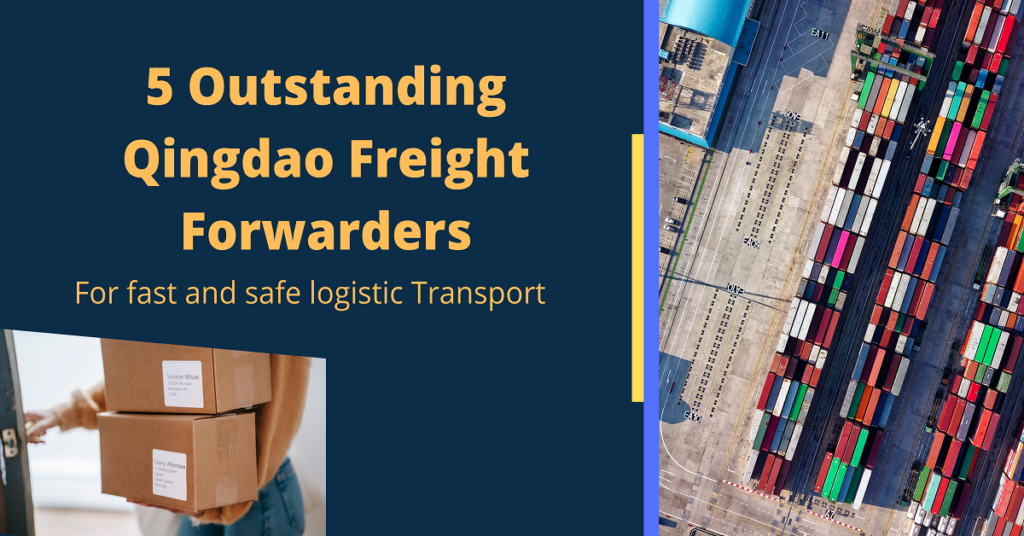What are DAT shipping terms?
The Incoterm DAT (Delivered At Terminal), updated in the Incoterms® 2020 as DPU (Delivered At Place Unloaded), is highly similar to the Incoterm DAP. Under this agreement, the seller is responsible for all the costs and obligations present in bringing the cargo to the named destination, as well as the unloading of the goods from the vessel.
As with the general “D” Incoterms rules, the buyer only takes over the costs and risks after the cargo is delivered and unloaded at the terminal. The buyer is also responsible for the import clearances and payment of taxes and duties.
DAT delivery condition: When to choose DAT term
If you are a buyer, it’s a good choice to use DAT when you are prioritizing the reduction of the risks that you have to bear. This is because you only need to take over from the defined place of destination. However, note that the freight charges may be included in the pricing of the goods, which translates to steeper costs for the buyer.
The Incoterm DAT can be used in any mode of transportation, whether by sea, air, rail, or truck. This term is preferred when shipping by air or ocean freight forwarding. According to the International Chamber of Commerce, DAT is a good choice when transporting containerized freight.
Buyer and seller responsibilities with DAT freight terms

Image Source: Incoterms Explained
Buyer’s responsibility under a DAT agreement
- Goods payment — this is to remunerate the seller for the manufactured goods and can vary depending on the agreed-upon conditions
- Importation — including the processing of import clearances, duties taxes, and other related costs
- Transport — if the buyer needs to move the goods somewhere apart from the named location, such as a warehouse
- Costs — all other costs incurred after the goods have been delivered to the agreed-upon destination
Seller’s responsibility under a DAT agreement
- Documentation — the processing of commercial invoices, Bills of Lading, etc.
- Preparation of goods — the packaging and labeling of the goods for export
- Licensing — acquiring the required licenses and handling certifications for the shipment
- Transportation — handling the pre-carriage (if any), export haulage, loading of the goods into the vessel, main delivery, and last-mile delivery
- Unloading — bringing down the cargo from the transportation vessels once arrived at the named destination
- Proof of delivery — a document presented by the seller to the buyer upon completion of delivery to the named place
- Costs — export duty, taxes, customs clearance, unloading charges, and all other costs incurred until the goods are unloaded at the agreed-upon location
DAT shipping: Is it a good choice? (Example explained)
Using DAT terms is beneficial for both the buyer and seller because it divides the responsibilities in the home court of each party. For example, the seller handles all the export processes in their country, while the buyer handles the import processes in the destination country.
Another Incoterm similar to DAT is DAP, and they differ only in the task of unloading the goods. Buyers can take advantage of this—they only need to pay for the import clearances and taxes of the delivery. If you do not favor paying high rates to your seller, choosing DAT over terms like DDU and DDP would be excellent.



